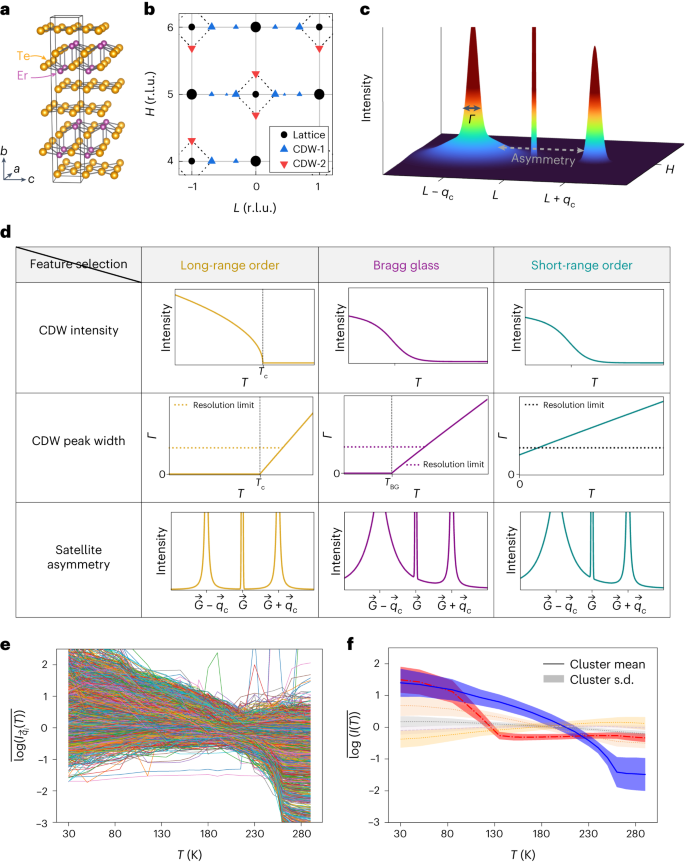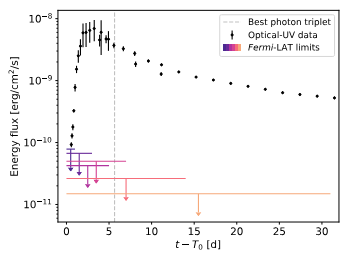2024-04-18 カリフォルニア工科大学(Caltech)

Unannotated schematic illustration of the sources, sinks, and transport processes controlling the chemical and isotopic species in/on/around Io.Credit: Chuck Carter and James Tuttle Keane / Keck Institute for Space Studies.
<関連情報>
- https://www.caltech.edu/about/news/jupiters-moon-io-has-been-volcanically-active-for-billions-of-years
- https://www.science.org/doi/10.1126/science.adj0625
- https://agupubs.onlinelibrary.wiley.com/doi/10.1029/2023JE008086
イオにおける長寿命火山活動の同位体学的証拠 Isotopic evidence of long-lived volcanism on Io
KATHERINE DE KLEER , ERY C. HUGHES , FRANCIS NIMMO , JOHN EILER , […], AND KATHY MANDT
science Published:18 Apr 2024
DOI:https://doi.org/10.1126/science.adj0625
Abstract
Jupiter’s moon Io hosts extensive volcanism, driven by tidal heating. The isotopic composition of Io’s inventory of volatile chemical elements, including sulfur and chlorine, reflects its outgassing and mass loss history, and thus records information about its evolution. We used millimeter observations of Io’s atmosphere to measure sulfur isotopes in gaseous SO2 and SO, and chlorine isotopes in gaseous NaCl and KCl. We find 34S/32S = 0.0595 ± 0.0038 (equivalent to δ34S = +347 ± 86‰), which is highly enriched compared to average Solar System values and indicates that Io has lost 94 to 99% of its available sulfur. Our measurement of 37Cl/35Cl = 0.403 ± 0.028 (δ37Cl = +263 ± 88‰) shows that chlorine is similarly enriched. These results indicate that Io has been volcanically active for most (or all) of its history, with potentially higher outgassing and mass-loss rates at earlier times.
潮汐加熱の歴史を理解するためのイオの硫黄同位体サイクル Using Io’s Sulfur Isotope Cycle to Understand the History of Tidal Heating
Ery C. Hughes, Katherine de Kleer, John Eiler, Francis Nimmo, Kathleen Mandt, Amy E. Hofmann
Journal of Geophysical Research: Planets Published: 18 April 2024
DOI:https://doi.org/10.1029/2023JE008086

Abstract
Stable isotope fractionation of sulfur offers a window into Io’s tidal heating history, which is difficult to constrain because Io’s dynamic atmosphere and high resurfacing rates leave it with a young surface. We constructed a numerical model to describe the fluxes in Io’s sulfur cycle using literature constraints on rates and isotopic fractionations of relevant processes. Combining our numerical model with measurements of the 34S/32S ratio in Io’s atmosphere, we constrain the rates for the processes that move sulfur between reservoirs and model the evolution of sulfur isotopes over time. Gravitational stratification of SO2 in the upper atmosphere, leading to a decrease in 34S/32S with increasing altitude, is the main cause of sulfur isotopic fractionation associated with loss to space. Efficient recycling of the atmospheric escape residue into the interior is required to explain the 34S/32S enrichment magnitude measured in the modern atmosphere. We hypothesize this recycling occurs by SO2 surface frost burial and SO2 reaction with crustal rocks, which founder into the mantle and/or mix with mantle-derived magmas as they ascend. Therefore, we predict that magmatic SO2 plumes vented from the mantle to the atmosphere will have lower 34S/32S than the ambient atmosphere, yet are still significantly enriched compared to solar-system average sulfur. Observations of atmospheric variations in 34S/32S with time and/or location could reveal the average mantle melting rate and hence whether the current tidal heating rate is anomalous compared to Io’s long-term average. Our modeling suggests that tides have heated Io for >1.6 Gyr if Io today is representative of past Io.
Key Points
- Rayleigh distillation, where gravitational stratification drives isotopic fractionation, is a good approximation for Io’s sulfur isotope cycle
- Efficient mixing and recycling between Io’s interior and atmosphere occurs by crustal sequestration, volcanic frost remobilization, and burial into the mantle
- The difference between mantle and crustal frost 34S/32S decreases as mantle melting rate increases; atmospheric variability could measure this
Plain Language Summary
Io is a moon of Jupiter and is the most volcanically active body in our solar system. Io is in an orbital resonance with two other large moons of Jupiter; Europa and Ganymede: every time Ganymede orbits Jupiter once, Europa orbits twice, and Io orbits four times. This situation causes tidal heating in Io (like how the Moon causes ocean tides on Earth), which causes the volcanism. We do not know how long this resonance has been occurring and whether what we observe today is “normal.” This is because the volcanism renews Io’s surface all the time, leaving little trace of the past. We use the isotopes of sulfur as a tracer of tidal heating on Io because sulfur is released through volcanism, processed in the atmosphere, and recycled into the mantle. We build a numerical model to simulate the sulfur isotope cycle on Io. Recent measurements of the sulfur isotopic composition of Io’s atmosphere allow us to constrain a likely evolution for Io over time. We find that tidal heating on Io has occurred for billions of years and that the variability of the sulfur isotopic composition of the atmosphere may indicate the average tidal heating rate on Io.



